This story about Randy Kraft contains graphic and violent content that may be sensitive or unsuitable for certain readers. Following the recent news that, nearly 50 years after his death was falsely ruled as accidental and his body unidentified, Michael Ray Schlicht’s body was identified and his death attributed to Randy Kraft’s ruthlessness, we felt it necessary to return to this horrifying series of events in and around Long Beach. Schlicht died when he was 17 in 1974 and is believed to be one of Kraft’s earliest victims. So we are revisiting the perturbing tale of Long Beach’s “Scorecard Killer,” Randy Kraft. This article was originally published in 2017 and has since been updated.

In March of 1970, a bloodied and disoriented 13-year-old runaway, Joseph Alwyn Fancher, stumbled shoeless into a Belmont Shore bar. After an ambulance had been called and his stomach was pumped—filled with pills and alcohol—Fancher took Long Beach police officers Sprague and Booth back to the apartment where he said his shoes were and where he had been drugged by an older man.
Discovering not only Fancher’s shoes but an assortment of Benzedrine and Seconal tablets and vials of sedatives and anti-depressants made out to a Mrs. Doris Lane, the police knew the boy was telling the truth. Unfortunately, the police had compulsively made a devastating mistake: they lacked a warrant before they barged into the apartment occupied by Randy Kraft.
This drugging and violating a young boy was the first seed of violent behavior that no one knew would span for another thirteen years, with a string of murders haunting Long Beach and Seal Beach following the tragic killings Patrick Kearney committed. A nickname that Kearney also shared—the “Freeway Killer”—this decade-long monstrous period of time was helmed by a man that would also be dubbed The Freeway Killer but more permanently cemented as the Scorecard Killer following his arrest.
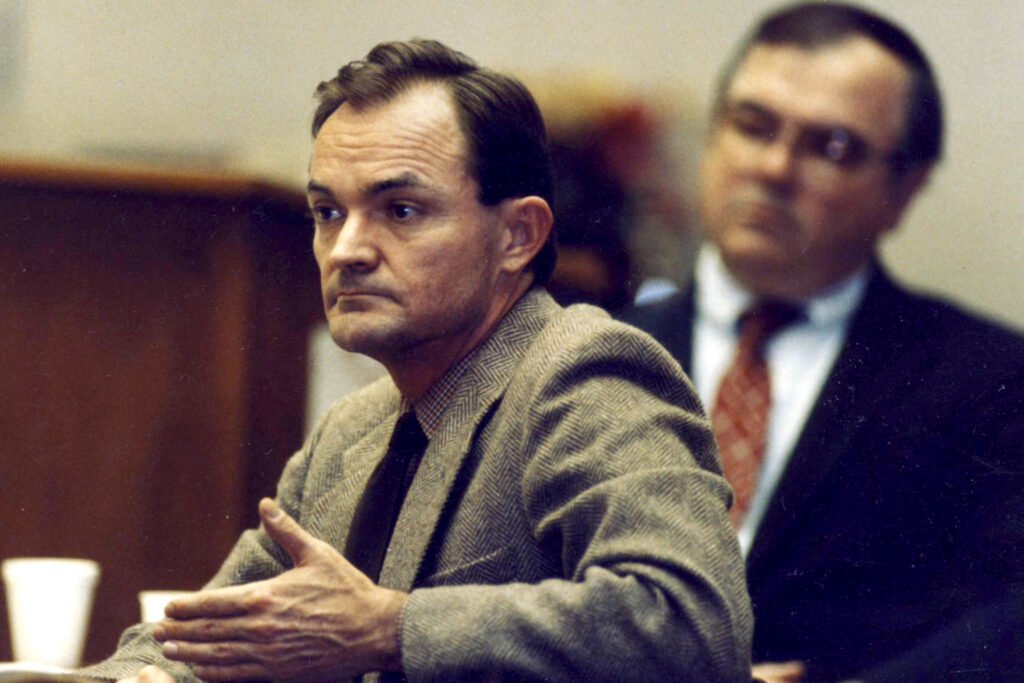
Who was Randy Kraft before he was, well, Randy Kraft?
Randy Steven Kraft was not your typical boy.
Born in Long Beach in 1945 from parents who had moved from Wyoming, he seemed to truly find his niche when he was moved to Westminster three years later. The ultraconservative nature of Orange County was befitting for Kraft given high school classmates described him as somewhere “right of Attila the Hun.” After attending Claremont College after graduating high school, where he studied economics, he voraciously supported the campaign of Barry Goldwater as well as support of the Vietnam War.
Then things shifted: growing a beard and becoming swooned by the worldwide ’68 protests, Kraft just as voraciously supported the efforts of Robert Kennedy. In 1969, he came out, much to the shock of family and military co-workers alike, where he was dismissed from the Air Force on accounts of “medical problems.”
Following the development of Sunset Beach in the late 60s, gays in the area centered around three bars: Broom Hilda’s, Stables, and Buoys Shed, the latter of which Randy worked as a bartender following his discharge from the military. These bars acted as a conduit of sorts for those either heading from Laguna back home after beaching or those heading from L.A. to Laguna to escape the city: they were pitstops and for Randy, they were cogs in newly gay social life.
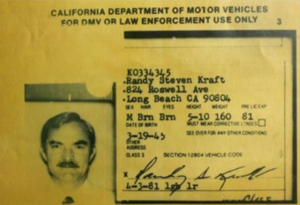
A diet of meth and beer: Randy Kraft dives into excesses
Kraft then dove straight into the excessives of living freely, where roommates said his diet of speed and beer led him to strange behaviors like disappearing for days or locking himself in his room for equally lengthy times.
It was around this time that Kraft—sandy blonde hair, a mustache, and what Kraft profiler Dennis McDougal called “a mild, urbane manner about him” in his book Angel of Darkness—was perusing the Huntington Beach boardwalk and ran into an overtly confident runaway, Fancher.
Asking him for a cigarette and being obliged, Fancher was then lured in not only by the prospect of having a place to stay, but Kraft seducing him with the idea that a lady was awaiting at his apartment to take the boy’s virginity. Hopping on Kraft’s motorcycle, they headed up Pacific Coast Highway to Kraft’s enclave in Belmont Shore.
Marijuana, wine, and sedatives were handed out like juice and candy until Fancher’s body became nothing but a ragdoll. Kraft raped the semiconscious boy before leaving for work, when the boy had a chance to stumble into the Shore. He said nothing of the rape and for thirteen years, the file would be nothing more than that of a truant who voluntarily went home with a stranger.
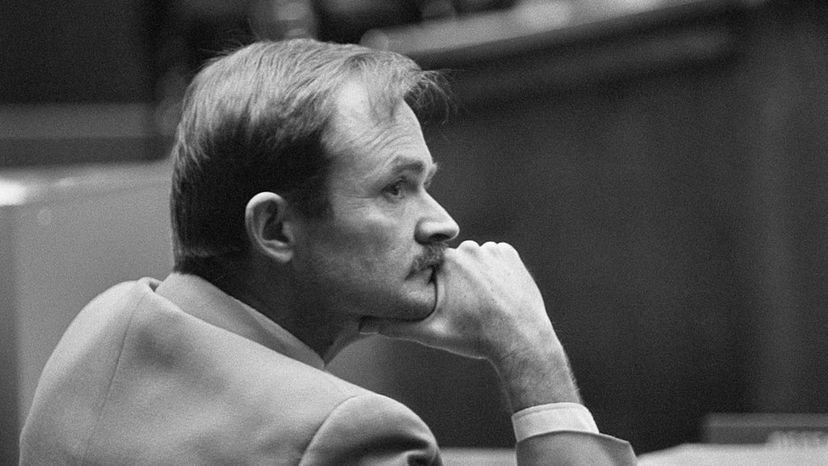
The bodies of the victims of Randy Kraft begin to appear alongside freeways
A little over a year later, on October 5, 1971, police discovered the body of 30-year-old gay bartender Wayne Joseph Dukette, a Long Beach resident who had died somewhere between his leaving Stables, a former Sunset Beach bar he worked at, and the time his body was dumped along Ortega Highway (Hwy 74) in Orange County. All signs pointed to a John Doe: no ID, no clothing, stripped entirely and yet, there was not a single sign of foul play.
With no active connections for over a year, the day after Christmas of 1972 turned out to be the start of a string of horrors that would plague 1973. After the body of 20-year-old Marine Edward Daniel Moore was discovered, there would be three John Does—one of which was entirely dismembered, with the head being discovered in Long Beach, the torso, right leg, and arms in San Pedro, and the left leg in Sunset Beach—and the murders of 20-year-old Ron Weibe and 23-year-old Vincent Cruz Mestas. Similar characteristics of the murders intertwined them: socks stuffed into the anuses of the victims, with bite marks and bruisings on or complete castration of the genitals. Mestas went through a particularly gruesome ordeal, where his body was discovered with both hands missing and covered with plastic bags and a pencil-sized object shoved into his penis.
Terrifying killings as such began to haunt the Long Beach area. Oil field workers in Long Beach found a body while laboring. The body of a 17-year-old was found floating in the surf off Sunset Beach, a wooden pick hammered into his anus. 19-year-old gay student James Dale Reeves was discovered shortly after he disappeared cruising on Thanksgiving in 1974. The discovery was enormously disturbing: his body was left with legs spread, a four-foot-long and three-inch-diameter tree limb shoved into his rectum.
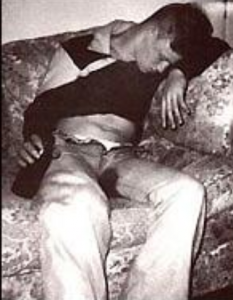
Randy Kraft’s murders continue unrelentingly
Despite an enormous task force being created—with members from Long Beach, Seal Beach, Huntington Beach, Santa Ana, Irvine, Los Angeles, and San Bernardino—the murders continued unrelentingly.
On May 8, 1975, three young boys hunting for starfish in the Long Beach Marina terrifyingly discovered the severed head of 19-year-old Keith Daven Crotwell, who was last seen getting into a black-and-white Mustang while hanging out in Long Beach. The search for the mustang led to Kraft, who was questioned on May 19.
Citing insufficient evidence and a lack of body, police were unable to charge him after he proffered his weak alibi that he gave the youth a ride but left him “alive and well at an all-night cafe.”
This incident exacerbated Kraft’s physical ailments and behavior, causing him to lose his job after lewd conduct charges at Bixby Park. However, he only needed eight months to get over this near-miss: another murder occurred on Halloween of that year along with one of the most horrifying ones yet two months later.
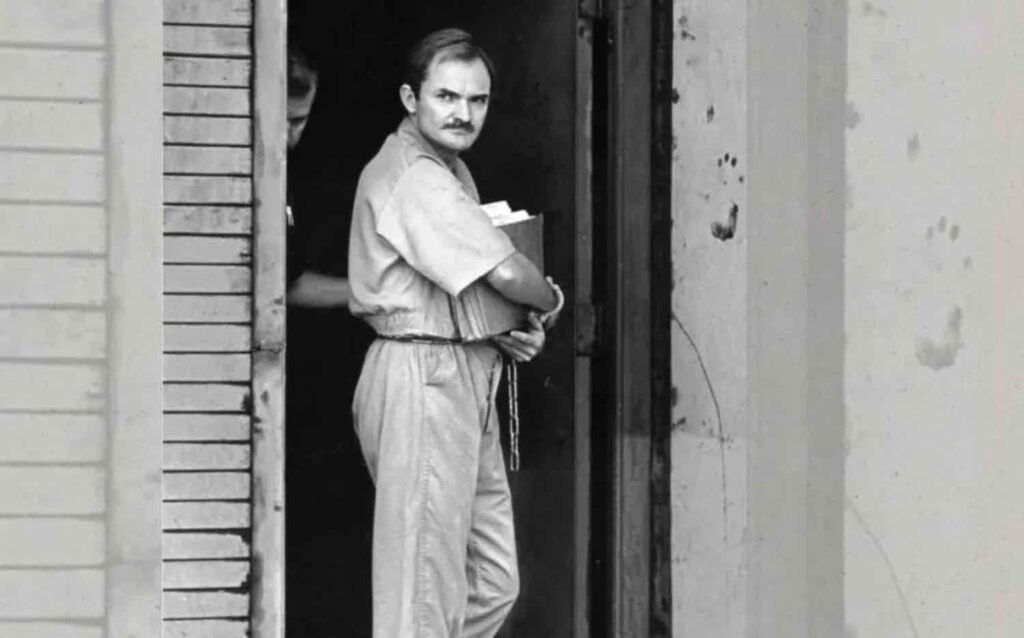
The worst of Randy Kraft’s murder
In January of 1976, in what prosecutors later called the worst of Kraft’s murders, the body of 22-year-old Mark Hall was discovered in Cleveland National Forest outside of San Juan Capistrano. His body was an entire map of torture: his legs were slashed repeatedly with a knife; his eyes, face, chest, and genitals burned with a cigarette lighter; his genitals were castrated and stuffed into his anus; prior to the castration, an object was shoved with such brutality into his penis that his bladder was punctured.
Nine slayings were confirmed that year, with victims ranging from 13- to 22-years-old. In 1977, the arrest of Patrick Kearney—who admitted to killing some 28 young men—baffled police even further: the tortured bodies of men continued showing up, proving that their search for one man was indeed a search for at least two. 1978 brought about five more slayings; 1979 over a dozen corpses were discovered.
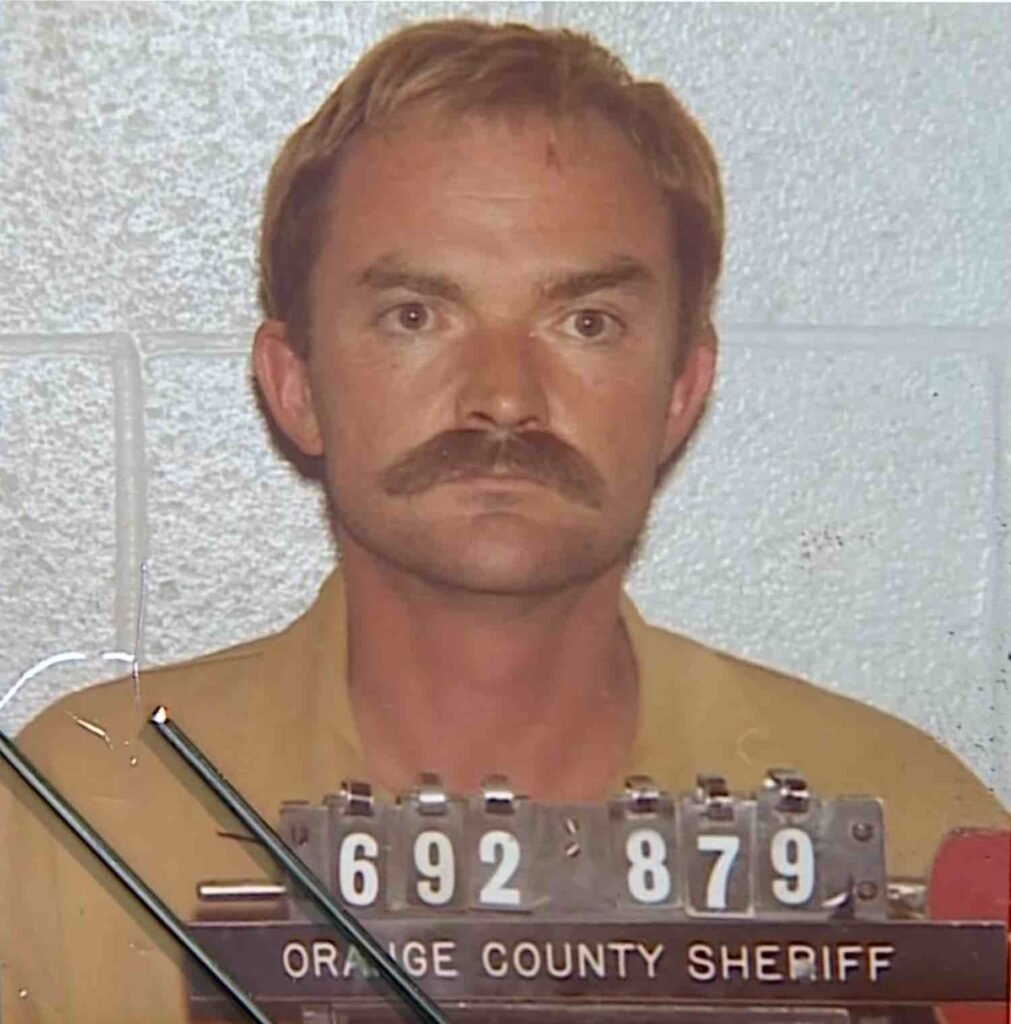
Drunk driving: The odd interaction that got Randy Kraft arrested
On May 14 1983, at around one o’clock in the morning, CHP pulled over an erratically driven car on the 405 near Mission Viejo.
Kraft stumbled out of the driver’s side, a beer bottle spilling, attempting to explain to police that he had been drinking but was sober. After failing a sobriety test, what was thought to be a routine DUI scenario altered when an officer noticed a slouched male in the passenger seat, barefoot and genitals exposed with red marks surrounding the surface of his neck.
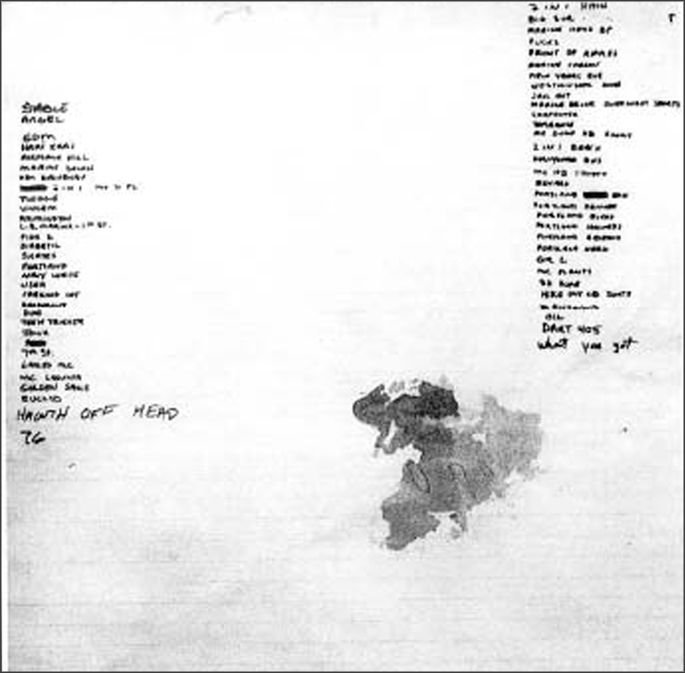
Along with the body and nine different prescription drugs, police discovered a strangely coded list—one which began with STABLE and ended with WHAT YOU GOT—that investigators claimed was his list of murders; Kraft accorded it to his obsessive-compulsive disorder, claiming it was just a list of friends and lovers.
After years of mounting evidence and a trial that was the lengthiest and most expensive in Orange County at the time, Kraft attempted to present himself as a respectable, tax-paying veteran and citizen. However, the prosecutors’ evidence was too overwhelming, as a jury convicted him and recommended the death penalty on August 11, 1989; on November 29, Judge Donald McCartin made it official. Kraft was convicted for sixteen murders though investigators think he accountable for sixty-seven, making him one of the worst serial killers in history.
Despite an over decade-long appeals process, Kraft’s death sentence was held up by the California Supreme Court in 2000. He is currently at San Quentin Prison, which will eventually become the San Quentin Rehabilitation Center, prompting the eventual transfer of Kraft to another prison.

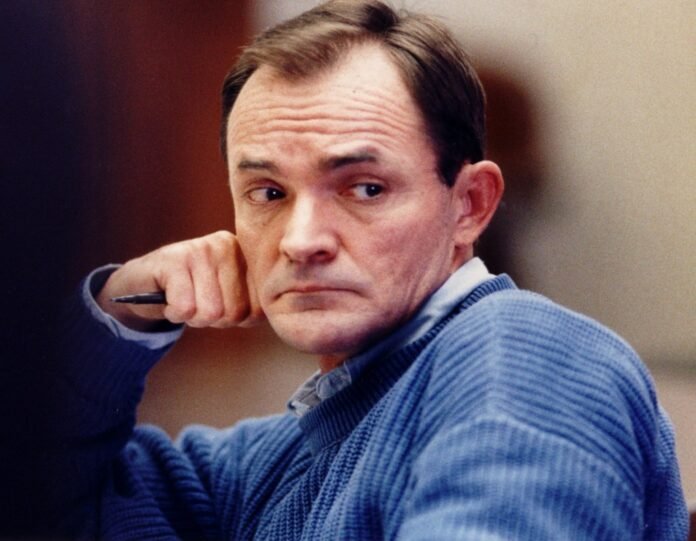

twisted ill psycho should have been ended at the first discovery from authorities!
driving around with a drugged tortured strangled passenger sitting in a pool of his own blood and poloroids of how many more victims under the floor mat
Just delayed is justice denied for RKs victims
[…] The breakthrough in the case came in 1983 when Kraft was pulled over by the California Highway Patrol for a routine traffic stop. In the car, officers found a body, along with drugs, restraints, and photographs of his victims. This evidence led to his arrest and subsequent conviction. In 1989, Randy Kraft was sentenced to death and remains on death row in San Quentin State Prison.[7] […]
[…] The case reached a major breakthrough in 1983, when the California Highway Patrol pulled Kraft over during a routine traffic stop. In the car, officers found a dead body, along with drugs, restraints, and photographs of his victims. This evidence led to his arrest and eventual conviction. In 1989, Randy Kraft was sentenced to death and remains on death row at San Quentin State Prison.[7] […]
Randy Kraft was a regular customer at a Toyota Dealer I worked for, I road tested his car with him once while diagnosing a noise he was hearing, creepy dude.
Whoa, that is _wild_.